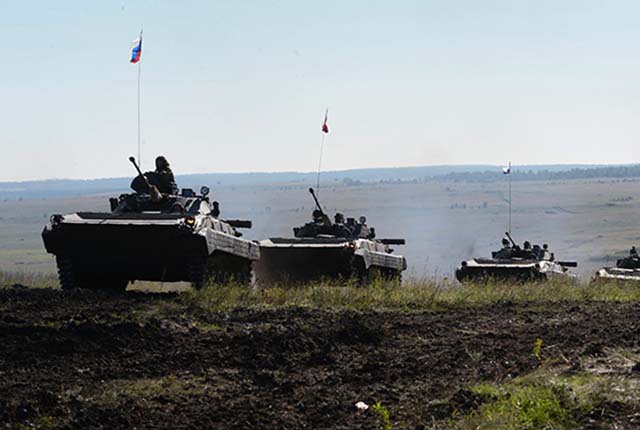
And like everything that is no longer a taboo, it doesn’t make any noise. This is why some of the events of recent days have been followed by nothing but silence.
Starting with the words of NATO chief Jens Stoltenberg. During his visit to Kiev on July 10, the Secretary-General told Russia clear and round to remove its “thousands of soldiers from Ukraine and stop supporting militants with command-and-control and military equipment”.
Say what? NATO chief says Russia has “thousands of soldiers in Ukraine,” and Moscow media don’t even dare to answer? And Western governments don’t set new sanctions? And it even doesn’t headlines in the Ukrainian media?
Two days later, the draft law to resolve the conflict in Donbass was disclosed. The document begins stating that “The Russian Federation is carrying out armed aggression against Ukraine and the temporarily occupied parts of its territory with the help of the Armed Forces of the Russian Federation”.
This is the first time an official document uses such clear words to describe Russian involvement in the war in Donbass and annexation of Crimea.
Any Kremlin reactions? None. And the international public opinion? Calm flat.
Lavrov’s (not so much) ambiguous words
It’s not all. Because the Russian Foreign Minister, Sergei Lavrov, had already been talking about Russian involvement in the Donbass war a couple of weeks ago. During a lecture at the Primakov Institute in Moscow, Lavrov complained that he’ve “read and continue to hear criticism that we shouldn’t have gotten involved in the conflict in Donbass“.
Actually, Lavrov’s words were the subject of an interesting article by Michele A. Berdy on the Moscow Times. The interest, however, was all about the ambiguity of the term used by the minister – vvjasat’sja – and the uncertainty of its translation as “military involvement”.
There is no doubt that Lavrov was referring to the use of the Russian armed forces in the Ukraine war, since he used the same term – “vvjasat’sja” – to say Russia was “involved in the Syrian conflict”.
The picture, with the admission by the Russian Foreign Minister, is therefore complete.
Addiction
Russia’s war against Ukraine is no longer a taboo; The use of regular armed forces in Crimea and Donbass is a well-established fact; As is the use of heavy artillery from Russian territory on Ukrainian positions. In short, Russian aggression is a fact.
What for three years, since the beginning of the conflict in 2014, has been one of the main arguments for clashing between the two propagandas – an assertion that was only unofficially demonstrated by an infinity of pictures and videos retrieved on the Web and that has been always rejected with disdain by Russia – is now in plain light. But three years of “denying and affirming”, of misinformation, fake news, and ideological preconceptions that made anything both real and fake at the same time, have worn out anyone.
So much that Stoltenberg’s and Lavrov’s words – that three years ago would have sparked the fuss – today don’t ignite the souls of the Ukrainians nor raise the army of Kremlin’s trolls.
Meanwhile, the anti-sanctions front in Europe can go undisturbed.
@daniloeliatweet
And like everything that is no longer a taboo, it doesn’t make any noise. This is why some of the events of recent days have been followed by nothing but silence.






